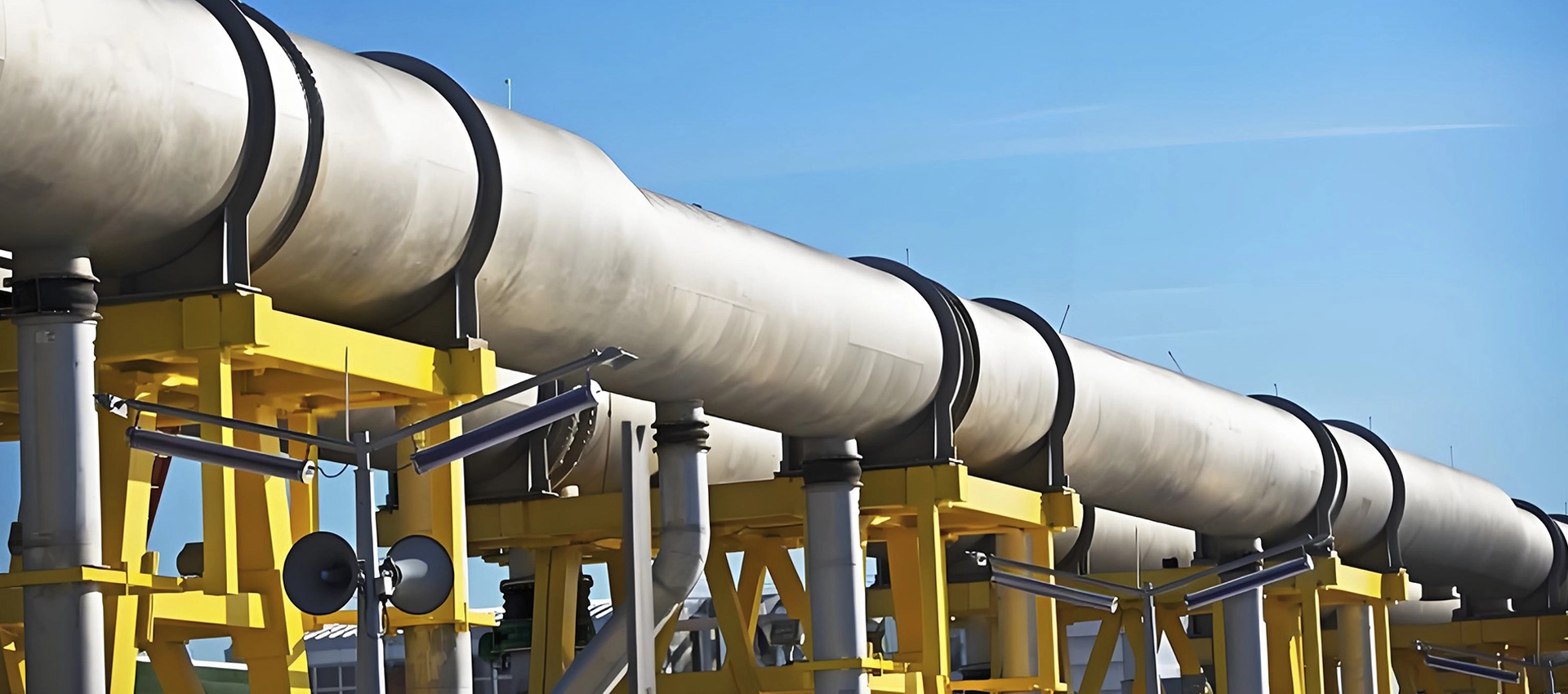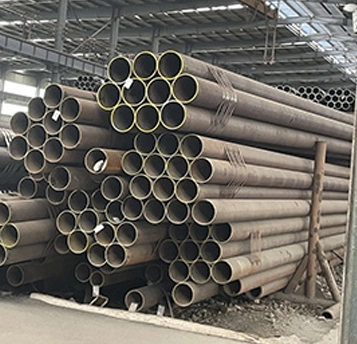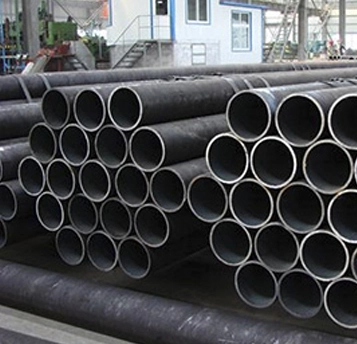Standard Grades of EN 10216 pipes
EN 10216 specifies technical delivery conditions for seamless steel tubes used in pressure applications. It is divided into parts covering non-alloy, alloy, fine grain, low-temperature, and stainless steel tubes, each tailored for specific operational requirements.
Material Grades of EN 10216 pipes
The standard includes various material grades, such as P195, P235, 16Mo3, 13CrMo4-5, P275NL1, and 1.4401, depending on the part. These grades are designed for different temperature and pressure conditions, ensuring suitability for diverse industrial applications.
Chemical Composition of EN 10216 pipes
Each grade has specific chemical composition limits. For example, P235 (EN 10216-1) has ≤0.16% carbon, while 16Mo3 (EN 10216-2) includes 0.25%-0.35% molybdenum. Stainless steel grades like 1.4401 (EN 10216-5) contain chromium and nickel for corrosion resistance.
Mechanical Properties of EN 10216 pipes
Mechanical properties vary by grade. P235 offers a tensile strength of 360-480 MPa, while 16Mo3 provides 450-600 MPa. Stainless steel 1.4401 achieves 500-700 MPa tensile strength and ≥40% elongation, ensuring durability and performance under pressure.

 EN
EN








